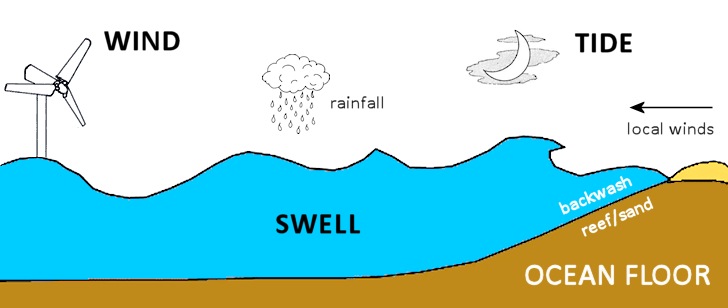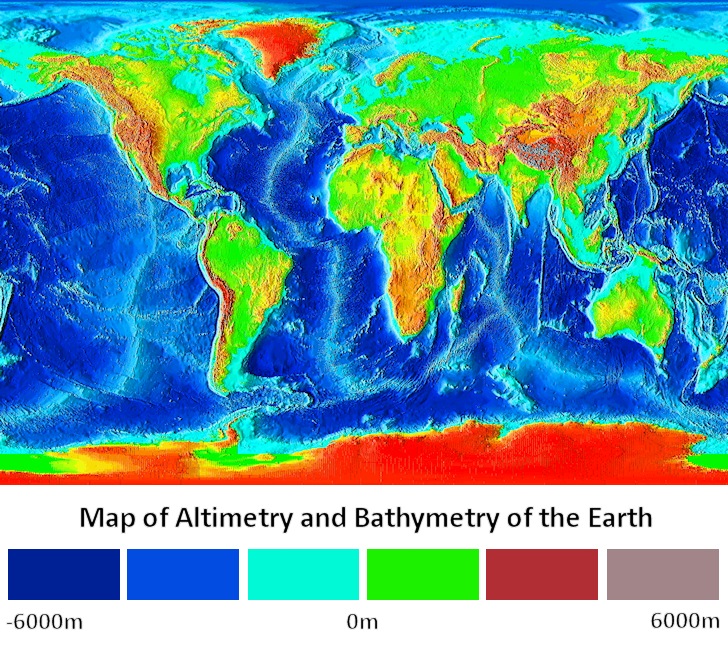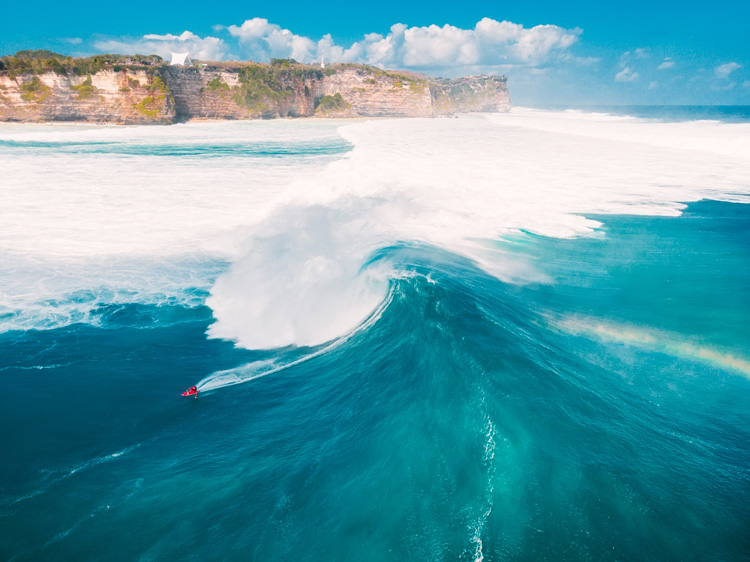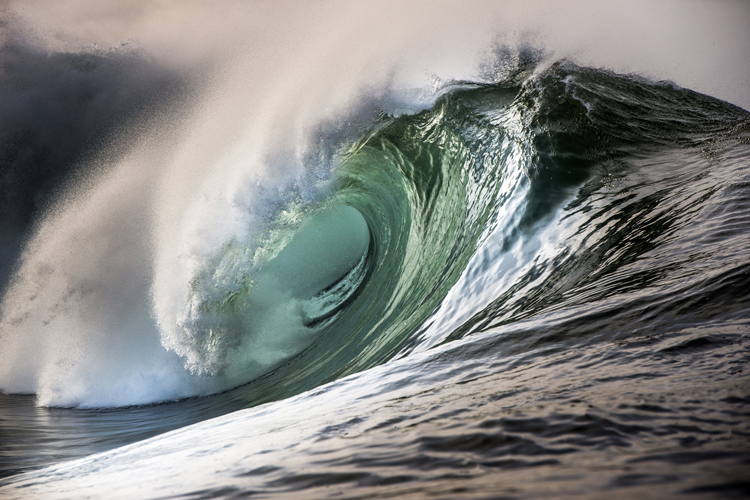How is a wave formed? The swell and surf report and the surf forecasts result from scientific studies and weather prediction models.
In order to know what type of surf we will get in the next few days, it's important to learn how waves are formed.
Waves are mainly a product of the wind. It's the first step in the formation of surfable waves.
Wind interaction on the ocean surface far from the coast can create some of the best waves on earth.
Local shore winds can also produce waves, but they usually destroy the quality of the breaking waves.
Onshore winds are typically known for creating choppy and bumpy waves because they push in the direction of the wave, making them unstable.
In a way, offshore winds act as a sort of counterbalance.
Swell comes from miles away, and the ground wind works as a "pause-hold" effect on the wave face, pushing against it and allowing longer, unbreakable waves.

Low-Pressure Systems | Good Waves for Surfing
In theory, low-pressure systems are responsible for creating good and strong waves.
In deep low-pressure systems, wind speed is greater and more waves are generated by the power of the gusts.
The friction created by these winds helps to form energy waves that travel thousands of miles until hitting final obstacles, usually coastal areas.
If winds created in low-pressure systems keep blowing over the surface of the ocean for a long time, the swells will be bigger because energy from the wind is accumulated in the waves being produced.
Also, if low-pressure winds affect a vast area of the ocean, waves produced by the swell will have even more energy and power, resulting in massive ones.

From Ocean Waves to Surfing Waves | Sea Floor and Swell Obstacles
We've already analyzed the "birth" of swell and correspondent waves, but there's a significant distance to be traveled by those waves.
Original oceanic waves may have to run a long journey until they reach continental beaches.
Along the way, until surfers ride them, these waves will come into contact with other variables.
When it is created, the height of a wave is not the height of the wave that a surfer rides.
Waves make their way through the ocean and are affected by variances in the ocean floor.
When large volumes of water pass over higher sea floors, the overall energy of the swell changes.
In one common instance, moving waves coming into contact with offshore continental shelves meet sustained friction resistance.
When these waves reach coastal areas in shallower water conditions, the swell has already lost intensity, energy, and power.
But when waves travel without obstacles through deepwater regions, they tend to reach a beachfront with huge force.
When waves reach shallow waters, they tend to slow down.
As a result, the wavelength is shortened, and the crest of a wave grows, meaning that the wave height rises.
Bathymetry studies the underwater depth of the ocean floor and its changes over time.
The bathymetric map has measured the highest and lowest depths of the seafloor over the entire planet.
Seafloor topography is important to have knowledge of. It helps captains and seamen worldwide avoid disasters and accidents with ships and line cruisers.

Sand Banks | Increasing the Wave Crest
Sandbanks are always changing at beach breaks. This is why beach break wave quality is so variable and often unreliable.
Sand ridges along the ocean floor, which rise near the surface of the water, allow the formation of clear and localized wave peaks from where surfers can take off on a ride.
A new sandbank typically means a new wave peak because swell hits the sandy obstacle and pumps the wave crest, allowing surfable waves.
Other obstacles that can affect swell behavior are jetties, sunken boats, or natural or artificial reefs.
Created by wind and influenced along the way by changes in seafloor topography, rainfall, tides, coastal backwash, currents, and local winds, waves are a complex result of an amazing array of meteorological and geological variables.
Learn what wind is and how the wind is formed.
Discover the importance of the swell period in surfing and the difference between groundswells and wind swells.

Surf Forecasting | Wind and Wave Facts
Here are some interesting quick facts about wind and waves:
- Long-period waves tend to be larger and stronger. Short-period waves are smaller and less energetic;
- Wave period is the time between successive crests;
- Wave frequency is the number of waves passing a point over a specific amount of time;
- Large waves move quickly. Small waves move slowly;
- Low-pressure systems create powerful swells;
- Low-pressure systems are associated with rainy weather and cloudy skies. High-pressure systems are associated with warm weather and clear skies;
- Deepwater coastlines deliver bigger waves;
- A tsunami cannot be surfed;
